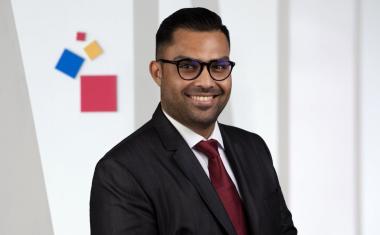SisuID pilot
The Ministry of Education and Culture in Finland participated in the SisuID pilot in order to improve the application and immigration processes of international students. With the ...
The Ministry of Education and Culture in Finland participated in the SisuID pilot in order to improve the application and immigration processes of international students. With the SisuID, international students can use a strong authentication before they even arrive in Finland.
Finland has the best education system in the world and the education students receive is top quality. For Finland to continue to be an attractive country internationally for education in the future as well, the application process, immigration and integration of students must be smooth.
Starting studies includes many different stages. Currently, the process can be complicated and may take a long time, especially for students coming from outside the EU. To apply for and accept a place of study, the education institution, the Agency for Education and the Immigration Service collect information from the students to their own systems.
When a student moves to Finland, they must travel, rent an apartment and use social services. In practice, this means that a student must give their personal information to many places and they must go to many physical service points both abroad and in Finland.
During the application process, the different service providers separately contact the student either through email or by asking the student to create a separate user account for each service. Because of this, the personal data or process information cannot be transferred reliably between governmental organizations, and the situation is even more complicated with data transfer between the public and private sector.
Toward a smoot student experience
In the SisuID pilot, a new path was formed for the student. During the first service contact, the student creates a digital identity (personalized machine-readable identification) and an identification tool which can be used in all channels and across all sectors. With the identification tool, the student can log in to all service channels in the application process. With the digital identity (personalized identification), personal information and process information can be easily transferred between public and private sector service providers.
This model would make the application process quicker, because with a common digital identity, the information could be transferred quickly between different organizations. This would also significantly decrease the amount of information forms the student has to fill in, would drop the need to visit service points from over ten instances to only a few, and would change tens of plastic license cards into electronic licenses.
This would lead to savings for society as well as a smoother application process and better integration for international students.
A common digital identity that works across sectors and reliable electronic recognition would help to make Finland an even more attractive destination for future top-level experts.














